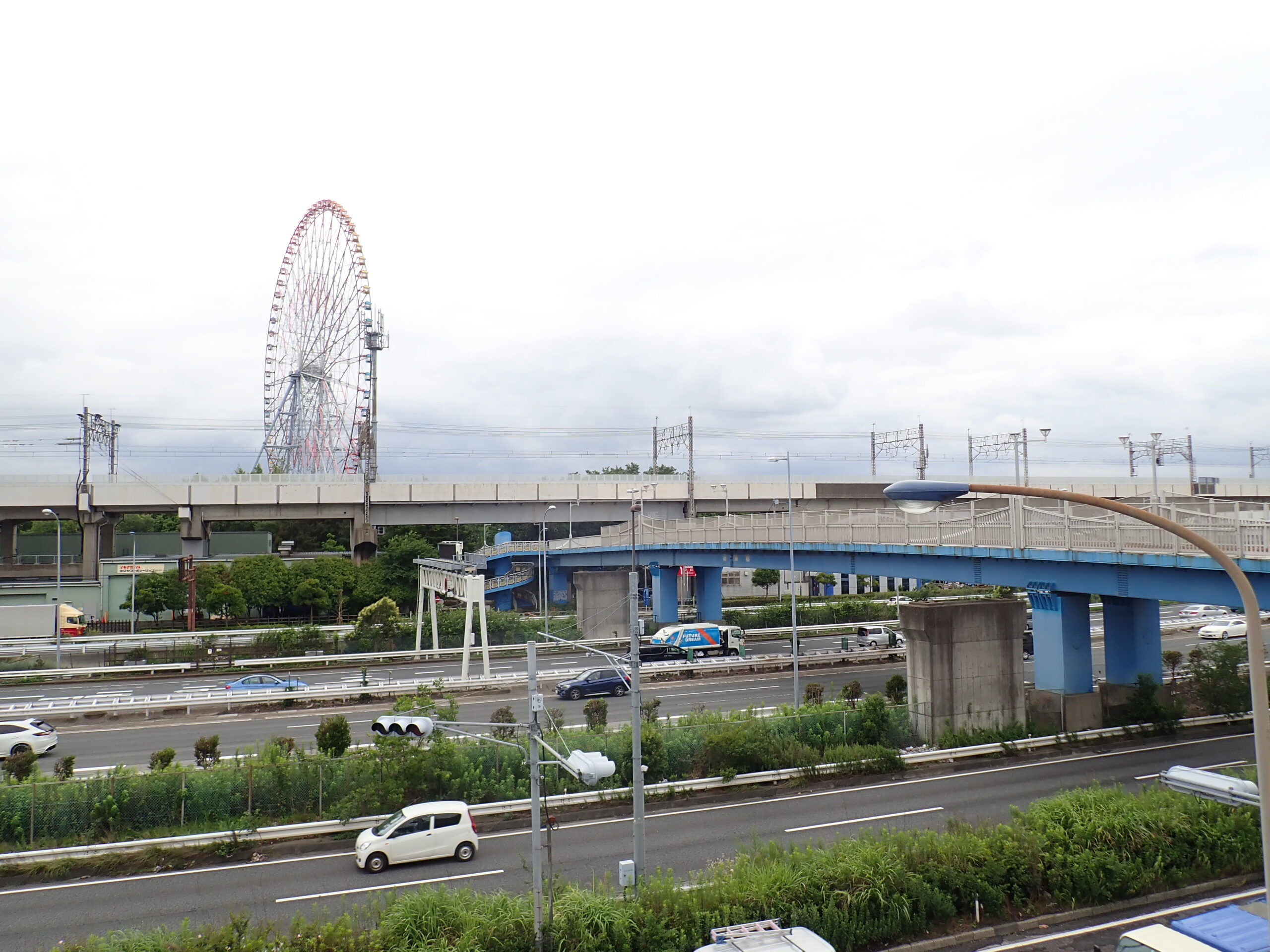You can also take a bus to Kasai Rinkai Park and Tokyo Sea Life Park.
Introduction
Since I have been making a guide of Tokyo Sea Life Park (one of the public aquarium in Tokyo) more often, I would like to summarize the route to get there, which is in Tokyo, but is not so easy to reach, as a native who has gone there by every route of the way. The following time estimates are for the first tank of the aquarium, not including waiting time.They are based on information available as of the time of writing this article. Please refer to the official website for timetables and other information before use.
The article is written in English and Japanese, and the content differs significantly between the two versions.
By Train (10-minute walk from the station)
“It takes 10 minutes on foot from Kasai Rinkai Park (Kasai Rinkai Ko’en) Station (JE06) on the JR Keiyo and Musashino Lines.” This is simple enough to write, but there are two fatal traps.
The first one. This is quite famous, but at JR Tokyo Station (JE01), only the platforms for the Keiyo and Musashino lines are far away from the rest of the lines, including the Marunouchi subway line. It takes about 10 minutes to walk there. Therefore, I strongly recommend transferring at Shin-Kiba Station (JE05) if possible, or Hatchobori Station (JE02) if not.
Alternatively, you can transfer from Yurakucho Station (JY30/JK25) on the JR lines, the exit 1 of Nijubashi-mae Station (C10) on the Chiyoda Line, or the exit B7 of Hibiya Station (I08) on the Toei Mita Line, which is about the same distance as transferring from other lines at JR Tokyo Station. However, there are few signs to guide you, so I recommend using Google Maps for this route. When using JR trains from the direction of Shimbashi, you can use the staffed ticket gates at Yurakucho Station and Tokyo Station to transfer from one station to another with the same fare, without having to re-purchase tickets or use SUICA or other IC cards. You can also use the Yurakucho Line and Hibiya Line at Hibiya Subway Station, but it’s more convenient to transfer at Shin-Kiba (Y24) for the former and Hatchobori (H12) for the latter.
And the second one. No rapid trains stop at Kasai Rinkai Park Station. Therefore, the only trains you can use to get to Tokyo Station are the Keiyo Line, which stops every 15 minutes, and the Musashino Line, which stops every 20 minutes. Even though it is in Tokyo, even during the daytime, if you miss one train, you may have to wait for more than 15 minutes for a train to arrive, and often it will be very crowded. However, in such cases, if you wait for another about three minutes, a more empty train will usually arrive.
Cars number 4 and 7 for 10-car trains on the Keiyo Line (red trains), and cars number 3 and 6 for 8-car trains on the Musashino Line (orange trains) are close to the stairs at Kasai Rinkai Park Station. The elevators are numbers 6 and 5 respectively.
JR East
By Bus
As mentioned above, the approach by train is somewhat inconvenient. Especially from the northeastern part of Tokyo, the route using JR is a long way off. Therefore, taking the bus is an option. However, there is less information available in English for the bus than for the train, making it more difficult for those who cannot speak Japanese at a local level. It is certainly cheap and convenient if you know how to use it, but I would not recommend it unless you can understand the Japanese version of my post.
By car and motorcycle
Very close to the Kasai Ramp on the Metropolitan Expressway Wangan Route. There is a paid parking lot at the park, but be aware that the parking lot has shrunk since the park became an Olympic venue. It’s still a 10-minute walk from the parking lot.
By bike
The promenade is directly connected from the Edogawa, Seishin-cho, and Arakawa Rivers respectively. Please slow down in the park and be careful of pedestrians, including those on the walkway. The toll bicycle parking lot in front of the station costs 100 yen per day. If you don’t like it, there is an open-air bicycle parking space just south of the aquarium.
Conclusion
So, It was a guide based on actual experience by utilizing the train, bus, and bicycle. I hope this article will make your trip to the aquarium a little easier.
And finally, there is another trap. Even if you arrive at the park successfully, you cannot enter the aquarium without reserving a numbered admission ticket (as of the time of writing this article).
Tokyo Sea Life Park



コメント